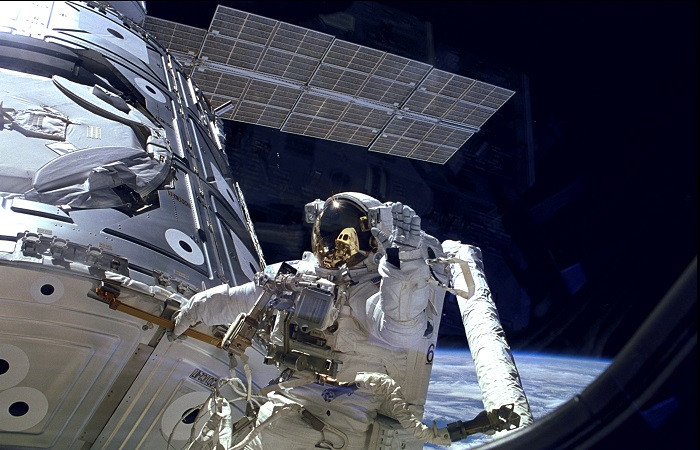Nasa Will Send 3D Printer into Space This Month

The first 3D printer ever to fly in space will be launched later this month, with Nasa believing the technology is capable of transforming space travel capabilities.
The printer, developed in collaboration with Made In Space and demonstrated at the 3D Printing in Zero-G event last month, is only the size of a microwave – but it has the potential to liberate Nasa's space exploration missions.
After its launch aboard the SpaceX-4 resupply mission of the International Space Station (ISS) on 19 September, Nasa will test the printer with an eye to further improving the microgravity 3D manufacturing technology.
This is perhaps the most significant step yet to realise the organisation's ambition of creating a working "machine shop" in space.
Rather than wait for a resupply ship to bring me a new tool, in the future, I could just print it
3D printing in space would not only decrease the cost and risk of space operations, but increase efficiency. Instead of waiting for resupply, astronauts would be able to produce their own equipment, which would allow greater autonomy and flexibility for those on station.
"I remember when the tip broke off a tool during a mission," said Nasa astronaut TJ Creamer, who flew aboard the ISS from 2009-10. "I had to wait for the next shuttle to come up to bring me a new one. Now, rather than wait for a resupply ship to bring me a new tool, in the future, I could just print it."
Nasa estimates that, depending on the complexity, it will take between 15 minutes to an hour to 3D print a part on board the station. The part designs, which informs the printing process, can be transmitted from Earth to the station, and the machine can also largely be operated from ground control at Marshall's Operations Support Centre.
"This means that we could go from having a part designed on the ground to printed in orbit within an hour to two from start to finish," said Niki Werkheiser, Nasa's 3D print project manager. "The on-demand capability can revolutionise the constrained supply chain model we are limited to today and will be critical for exploration missions."
Ken Cooper, the principal investigator at Marshall for 3D printing, said: "While the first experiment is designed to test the 3D printing process in microgravity, it is the first step in sustaining longer missions beyond low-Earth orbit."
And that is the primary objective of developing 3D printing technology in space: long-term, far-away missions.
Nasa and Made In Space expect this breakthrough to serve future explorations to asteroids, Mars and beyond. It was announced last month that US military is experimenting with 3D printing food, which gives a clue as to where the initiative could end up.
Data gathered from this tech test will be used as base information in the installation of next-gen 3D printers known as the Additive Manufacturing Facility (AMF).
© Copyright IBTimes 2025. All rights reserved.





















